- The idea for Folkstreams grew out of attempts by documentary filmmakers to gain greater exposure for their films. Although many of these films had won film festival awards and critical acclaim, they did not fit easily into mass-market outlets of the late 20th Century: movie theatres, video shops, and broadcast and cable television. The films often had odd lengths, lacked "name actors," and sometimes starred people who did not speak “broadcast English.” With the advent of the Internet, however, these films could find special-interest “niche” audiences heretofore not easily reached.
- We stream copyrighted films. The filmmakers permit this because they (1) want the renewed interest in their life work and (2) believe that Folkstreams may help them make video and stock footage sales. It functions as an easy-to-use stock footage house. For example, Tom Davenport sold footage from his Born For Hard Luck to the producers of the French feature film Amélie.
- A small Folkstreams archive is maintained by the Southern Folklife Collection at the University of North Carolina in Chapel Hill. This legacy collection consists of old 16mm release prints and digital beta video tapes. Over time, as technologies changed, we advised filmmakers to deposit their physical materials in appropriate archives (usually at a University, the Library of Congress or the Smithsonian Institution) and we include metadata pointing to their collection. In this sense, our archive is "virtual". It is world wide and has many locations.
- The films were made by older maverick filmmakers and folklorists who did their work because they loved the subjects. Mainstream corporate culture paid little attention to the material. However, this body of work contains some of the most significant and artistic documentaries of the 20th century. These films have been notoriously hard to distribute but now we bring them to the widest of audiences.
- Like the Farm Security Administration photo collection at the Library of Congress and Folkways Recordings at the Smithsonian Institution, Folkstreams preserves important aspects of our national culture. As world culture becomes more homogenized, these films are important for our national memory. Folkstreams is a cultural seed bank.
- The films preserve the style and the context of enacted folk performances, two keys to the interpretation of a text, an object, or an event. Before the availability of film, preservation of folk practices depended mainly upon texts alone.
- These documentary films typically give great weight to what have been called "community scholars" — insiders, participants, the real virtuosos of the traditions shown. They give the viewers access to authorities they cannot find in academia and rarely find given voice in books. The films accordingly are extremely important social and aesthetic documents.
- The films are also valuable historical documents. They take the viewers directly into social worlds (the work, play, struggles, and worship of often extraordinary ordinary people) now passing more and more into the historical past. And the films themselves are also the products of historical movements and attitudes. They preserve the life of specific times and places and also embody the limitations and opportunities, the ideologies and insights of their makers.
- We want those who watch a film on Folkstreams also to be able to use the site as an introduction to fields new to them. Our goal is to have each film accompanied by helpful materials prepared by the filmmakers, folklorists, and others about the making of the films, the lives of the film subjects, and the cultural traditions shown in the films, and suggestions for readings and related websites where they can explore the material further. For a number of the films we offer teaching guides.
- Folkstreams' partners include the Academy of Motion Pictures, the Smithsonian's Human Studies Film Archive, the Library of Congress Folklife Archive, Citylore, and the Southern Folklife Collection at the University of North Carolina in Chapel Hill where Folkstreams has its most enduring partnership. Folkstreams also has a long relationship with the American Folklore Society at the University of Indiana in Bloomington. These partnerships are vital to how Folkstreams operates and shares resources and archival information.
- Folkstreams is 501c3 educational non-profit incorporated in Virginia in 2004. It has received financial support from both National Endowments, the Institute for Museum and Library Services, private foundations, and from our followers.
- For an example of an outside review of the Folkstreams which is both accurate and laudatory, see "HomeGrown" by Clinton Krute in "Film Comment Magazine".
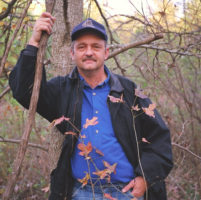 The Ballad of Frankie Silver
(204 KB)
The Ballad of Frankie Silver
(204 KB)
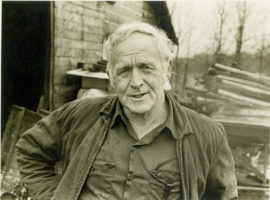 Being A Joines: A Life in the Brushy Mountains
(511 KB)
Being A Joines: A Life in the Brushy Mountains
(511 KB)
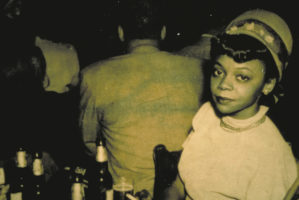 When My Work Is Over: The Life and Stories of Miss Louise Anderson
(466 KB)
When My Work Is Over: The Life and Stories of Miss Louise Anderson
(466 KB)
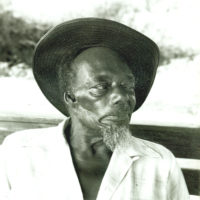 Born for Hard Luck
(984 KB)
Born for Hard Luck
(984 KB)
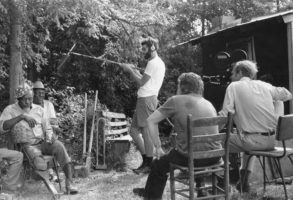 Filming 'Born For Hard Luck'
(397 KB)
Filming 'Born For Hard Luck'
(397 KB)
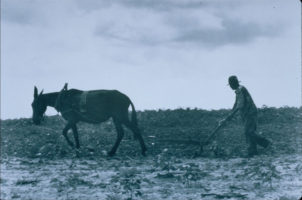 A Singing Stream: A Black Family Chronicle
(254 KB)
A Singing Stream: A Black Family Chronicle
(254 KB)
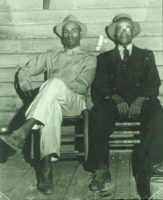 A Singing Stream: A Black Family Chronicle
(139 KB)
A Singing Stream: A Black Family Chronicle
(139 KB)
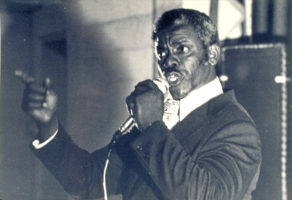 A Singing Stream: A Black Family Chronicle
(225 KB)
A Singing Stream: A Black Family Chronicle
(225 KB)
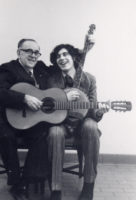 Catching the Music
(149 KB)
Catching the Music
(149 KB)
 Folkstreams Logo - White
(7 KB)
Folkstreams Logo - White
(7 KB)
 Folkstreams Logo - Black
(7 KB)
Folkstreams Logo - Black
(7 KB)
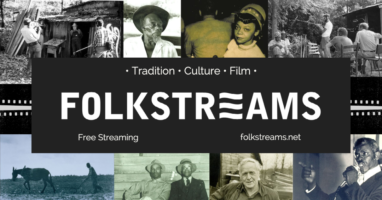 Folkstreams 2022 promo landscape
(546 KB)
Folkstreams 2022 promo landscape
(546 KB)
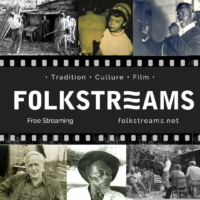 Folkstreams 2022 promo square
(1 MB)
Folkstreams 2022 promo square
(1 MB)